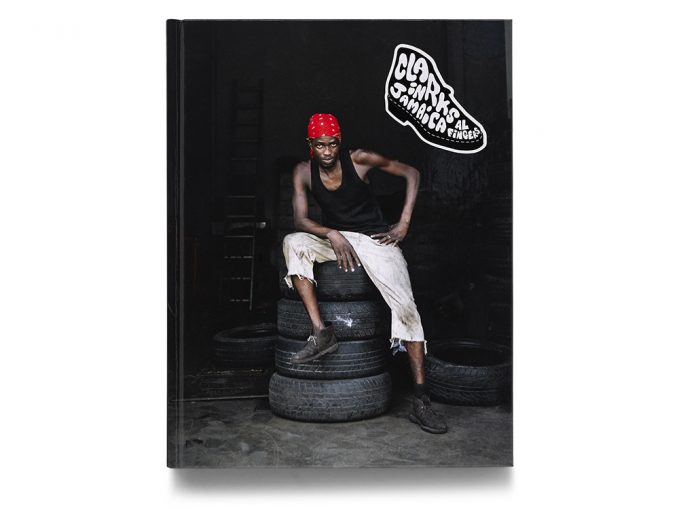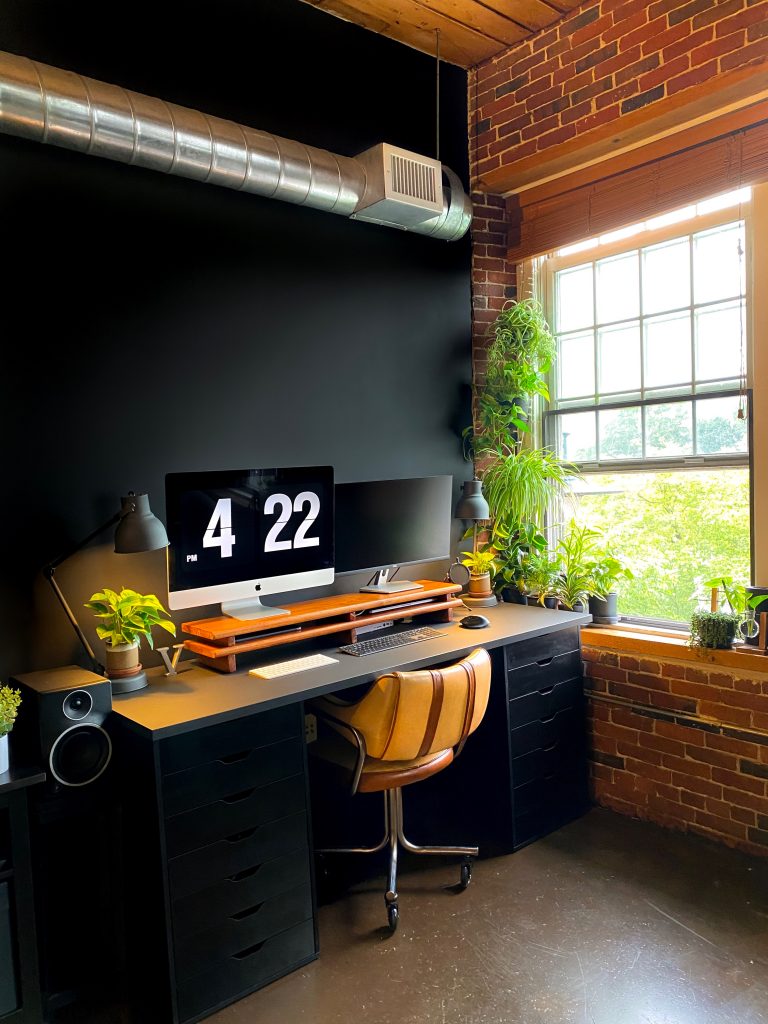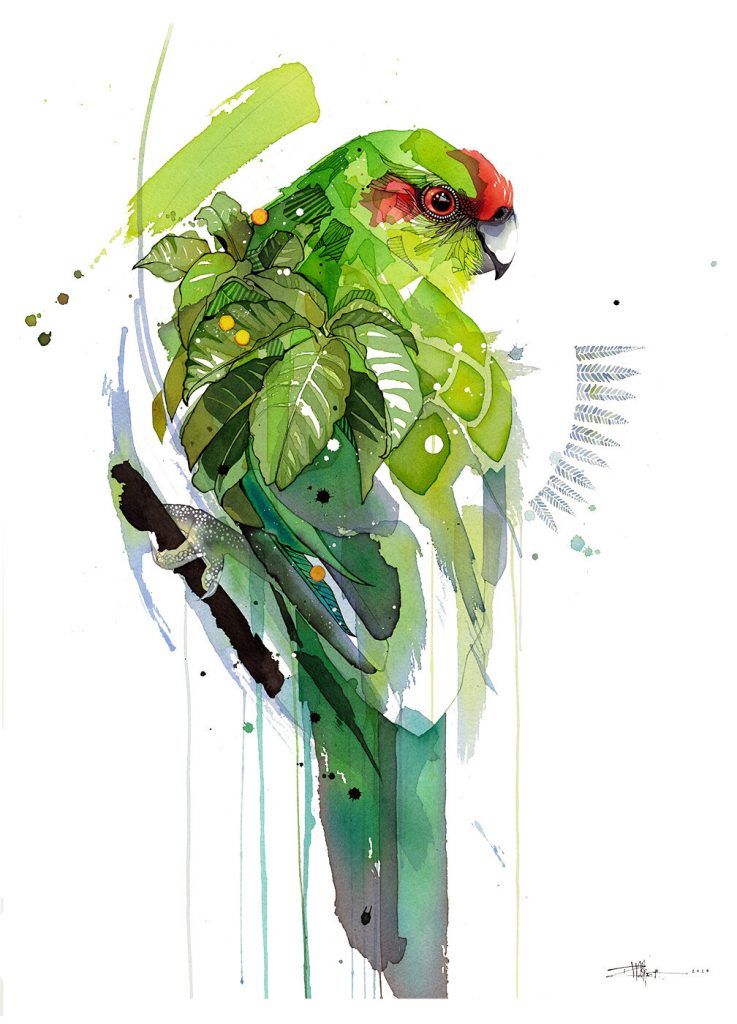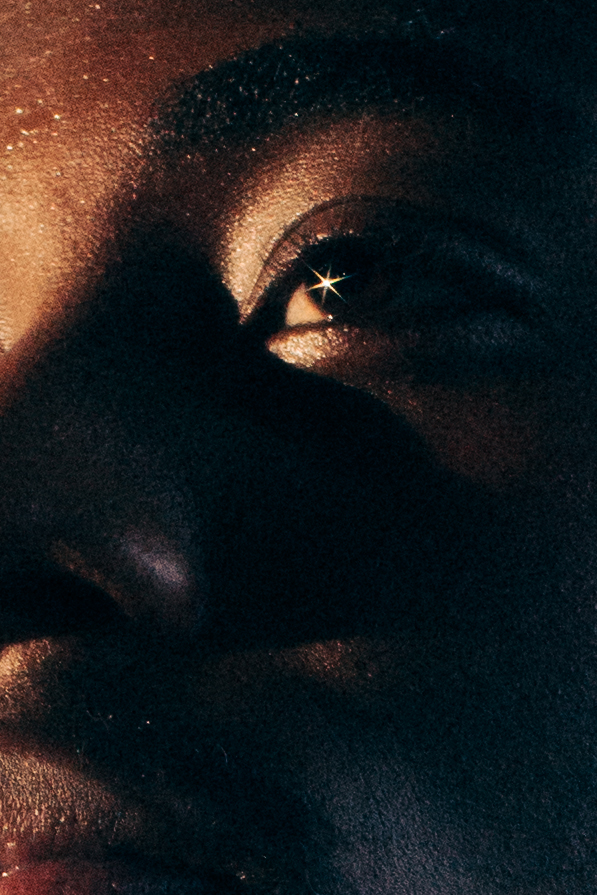Out now: 'Clarks in Jamaica' (revised second edition)

Jamaica loves Clarks shoes and Clarks in Jamaica by Al Fingers celebrates that with its second revised edition:
Clarks in Jamaica is a colourful, in-depth study into Clarks’ celebrated status in Jamaica, where for decades they have ruled as the “champion shoes”. Starting with the origins of the Clarks brand in 1825, the book goes on to detail the arrival of the brand in the West indies over one hundred years ago, the adoption of the Desert Boot as the rude boy and Rasta shoe of choice in the 1960s, and the filtering of this popularity into reggae and dancehall song lyrics.
Featuring current and historic photographs, interviews and never-before-seen archive material, this classic style reference explores how footwear made by a Quaker firm in the quiet English village of Street, Somerset became the “baddest” shoes in Jamaica and an essential part of the island’s culture.
Clarks in Jamaica is out now, available at Gardners (UK) and SCB (US) for £39.99 and $59.99, respectively.










